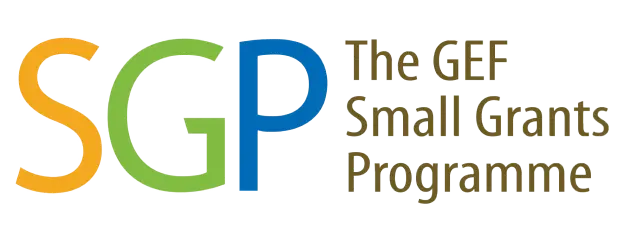(Weaving For Life)
The training program was implemented in 3 locations (Pajam, Wakatobi; Semau, NTT; and Nusa Penida, Bali) and product development in 2 companion locations (Bayan, North Lombok and Palu, Central Sulawesi)
*For Palu it cannot be implemented because it is hampered by the earthquake and tsunami disaster.
Wakatobi: Counting and recording the number of strands of thread for each color in one cloth.
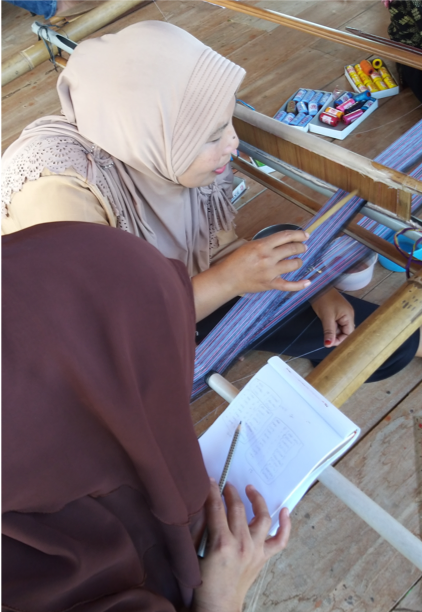
Motif Development
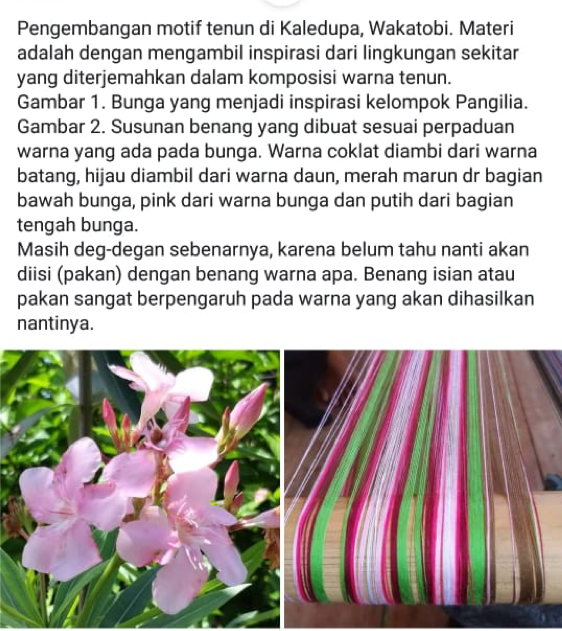
Semau: Exploration of the basic motif of Semau weaving, namely the rhombus. WFL trainers Fitria and Atik invite group members to explore the basic motifs that exist at will.
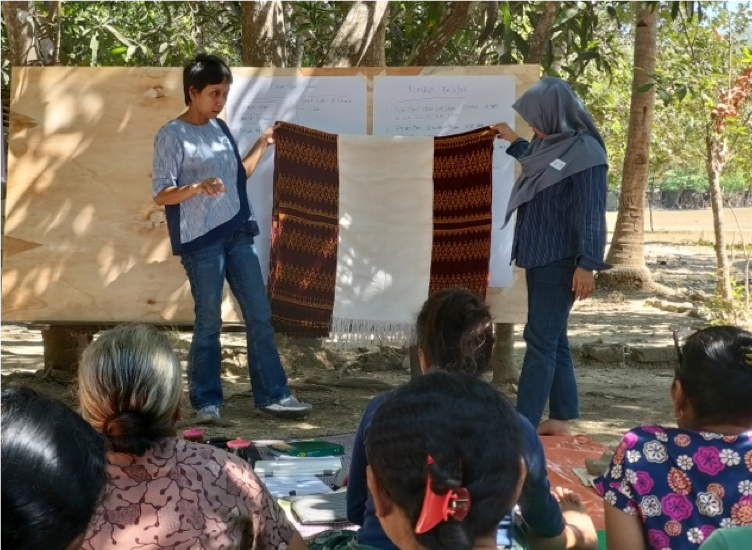
The evaluation results show examples of things that reduce the quality of Semau woven products, namely: sandy thread binding, motifs not meeting, stitching not neat.
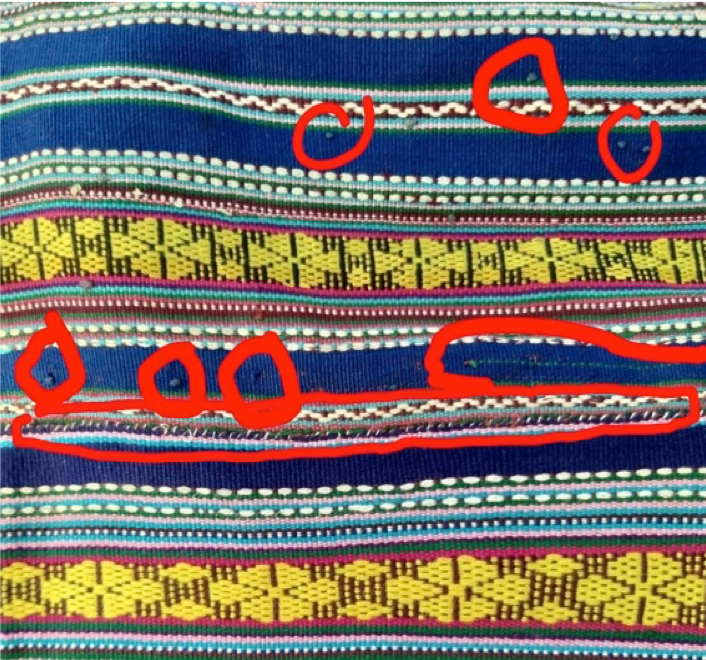
Use of Semau Weaving
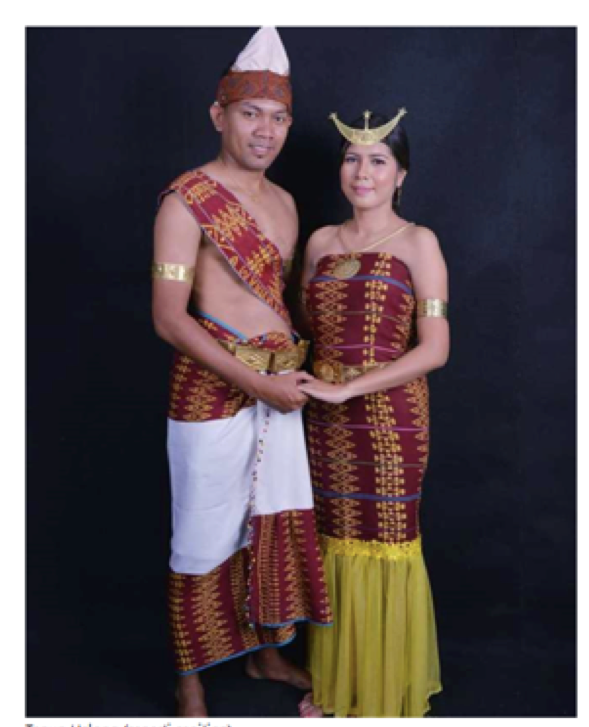
One of the group members, a training participant, carried out the process of tying the thread before dyeing it in the dye.
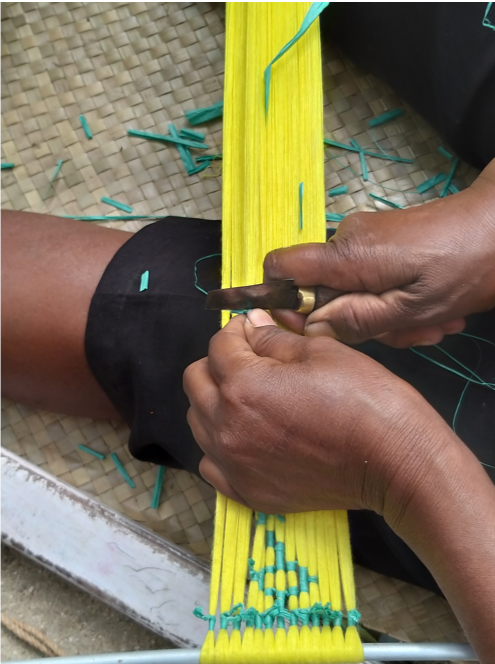
Nusa Penida: Training on making Natural Blue and Red color materials
The mothers from the Alamesari group practiced making blue material from local indigo, with trainer Mas Yudi from Jombang.
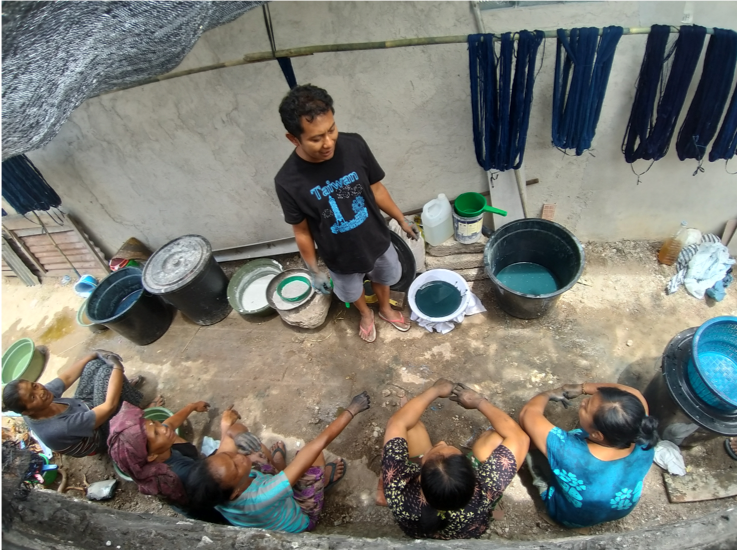
Making a base or oil for red coloring using noni. And dyeing the thread in petroleum products (candlenut, turmeric and papaya leaves).
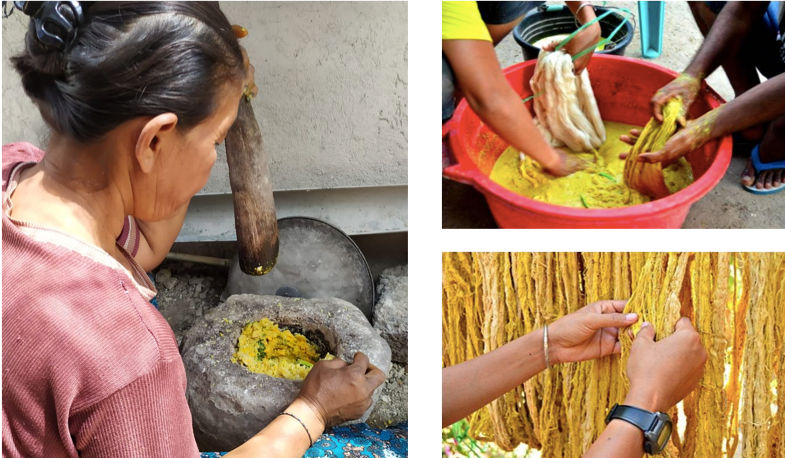
PROJECT OUTCOMES
- Wakatobi: There are around 8 new motifs produced by the Pangilia group (Wren, Dekukur Bird, Banana Tree, Avocado, Butter Flower, Fish, Baduri Wood Flower, Kaldium Leaf).
- Examples of motifs from left to right: Wren motif, avocado motif, fish motif.
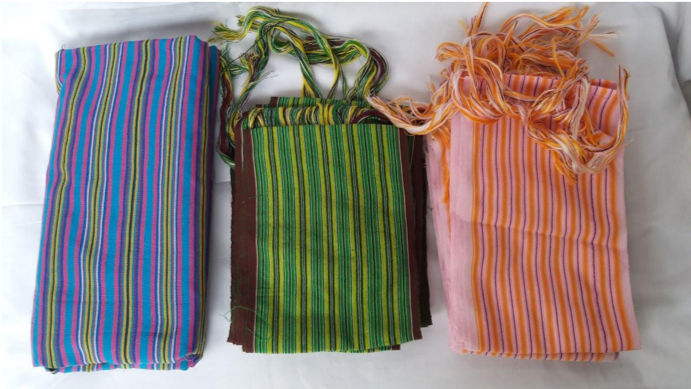
- Semau: developing a motif from the basic rhombus motif, but not optimally. What is sent is still the same as what has been made.
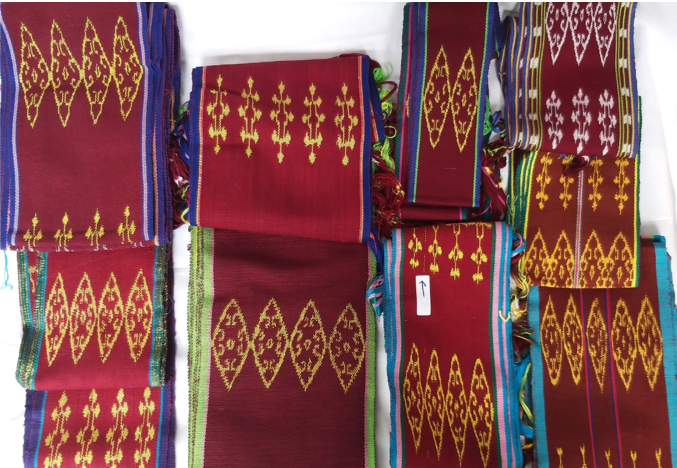
Nusa Penida: you can now dye your own yarn. Produces 4 colors; red, blue and yellow and green (a mixture of yellow and blue).
Indigo Blue Color
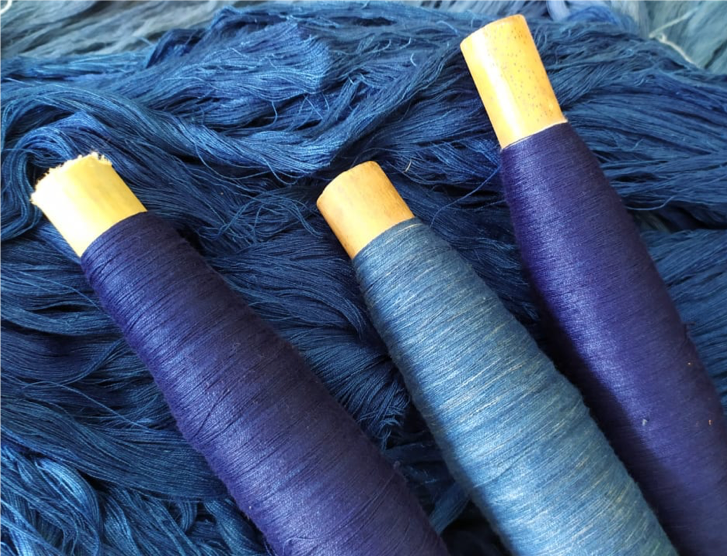
Red Color of Noni Roots
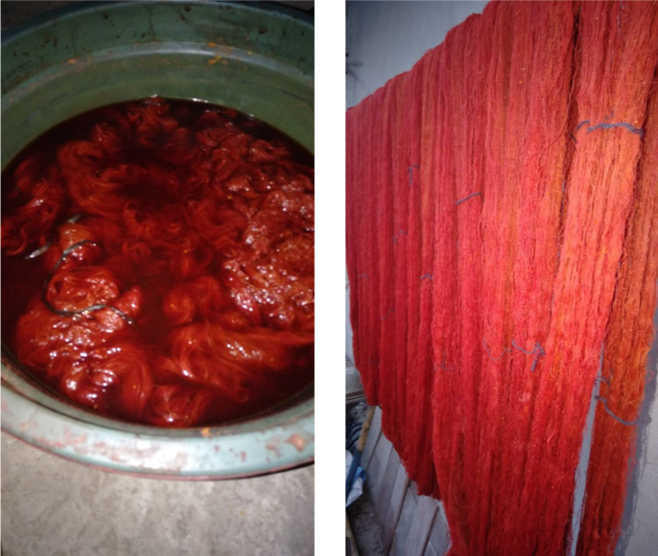
Jackfruit Skin Yellow Color
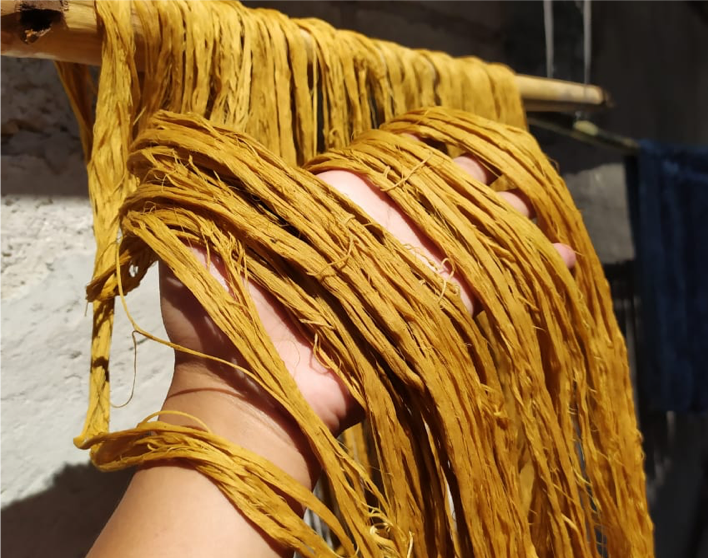
The green color is from jackfruit skin and indigo
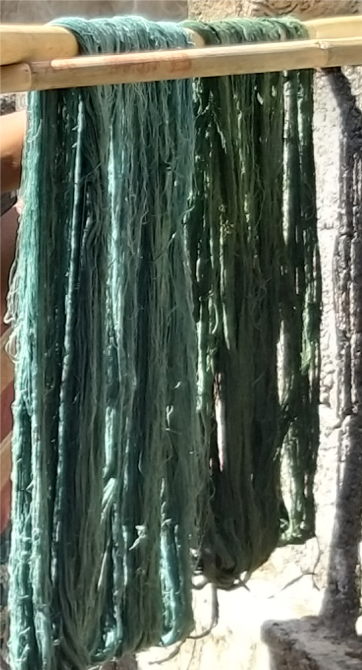
Product Development
Wakatobi: with new patterned fabric, meetingkit products have been made for Deliberation with Partners activities.
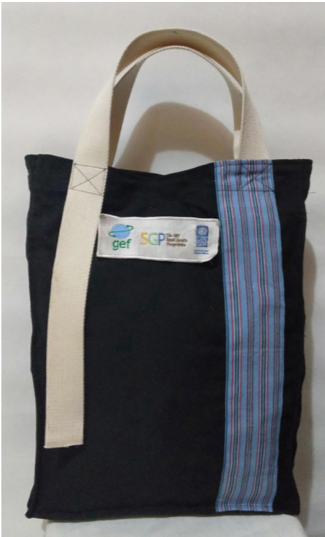
Bayan has made products and product samples.
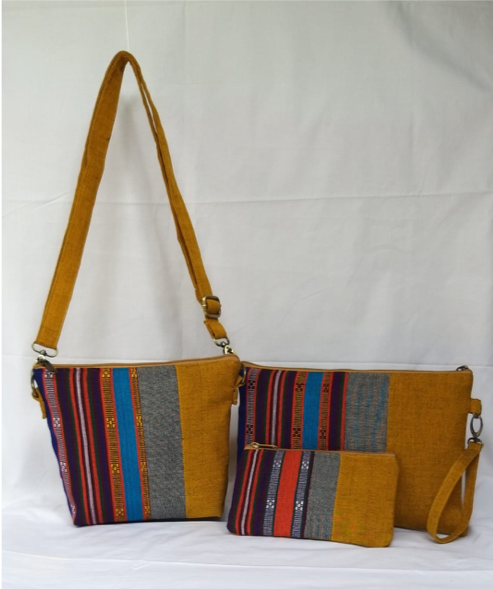
PROJECT IMPACT
- The positive impact of this project is that each region is able to make weaving with new motifs.
- For Wakatobi, Nusa Penida and Bayan, the fabric produced can be marketed independently. Even when WFL ordered it to be developed into a product, it had run out.
- For Nusa Penida, even the cloth woven with thread from the training has been sold and has not yet been documented and no samples have been sent to WFL.
- For Bayan, motif development activities had previously been carried out by Lawe Indonesia in collaboration with Bappeda KLU, sales also increased. They have even been able to develop products independently.
- For Semau, the motif development stage has not been able to work as expected. Even the samples of training results sent to WFL are likely to be stock that was made before the training.
BEST EXPERIENCE
In Wakatobi, there was no color guide when making woven fabrics. The usual practice was to line up the available yarn stocks. Since the training, by observing the surrounding environment, weavers seem to have been given color suggestions. This makes it easier to combine colors, and also, by providing a behind-the-scenes story for each motif, it makes consumers more interested in buying.
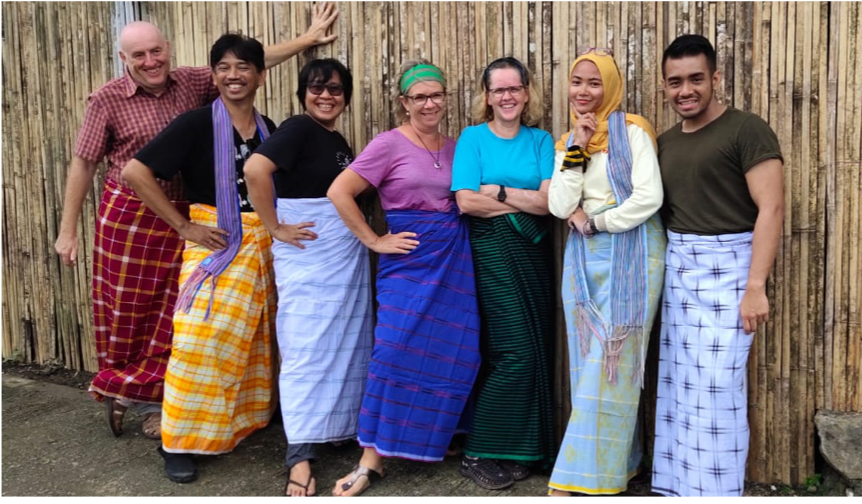
Nusa Penida: Participants were very enthusiastic about learning the natural coloring of blue and red, and even tried to produce other colors using materials found around them. Woven products made using threads colored during training can be sold as soon as they are finished weaving.
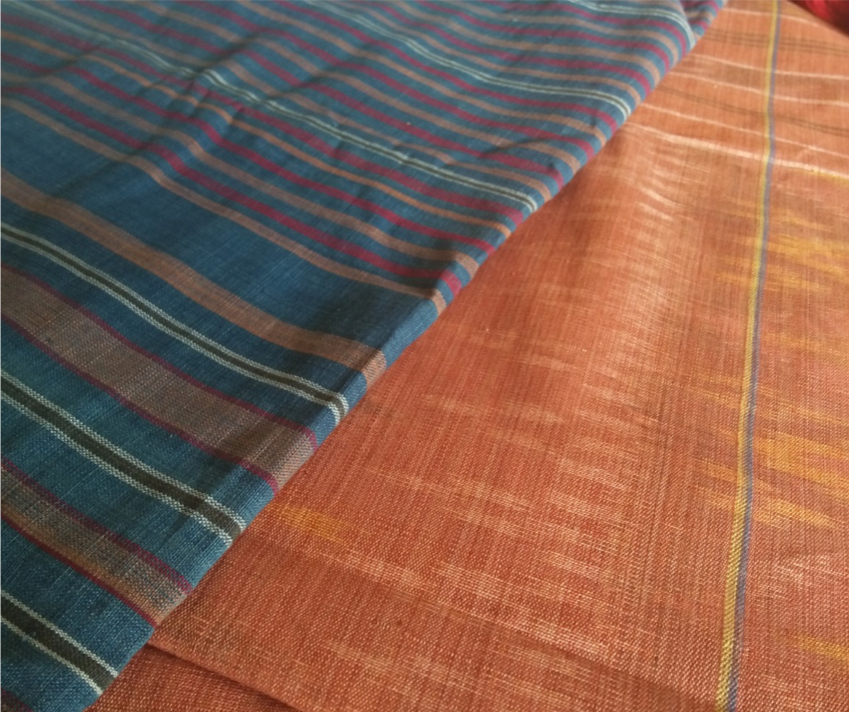
PROJECT SUSTAINABILITY
- For Wakatobi, there was a request from the group to receive product development training.
- In continuation of this activity, WFL is developing products using fabrics from training. And specifically for Nusa Penida, with discussions with Loka Muda, it is hoped that the marketing of weaving in Alamesari can be assisted by programs from Loka Muda.
- For Semau, we think it will be difficult to follow up because the energy required is very large. Especially to adapt to the work rhythm and community culture.
- Bayan product development can continue.
- There is a need for a module on weaving and weaving business development.
Media and Publications
